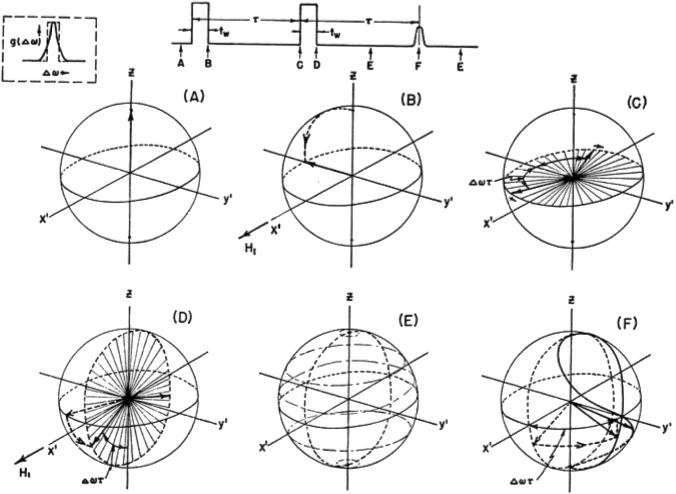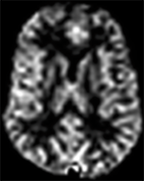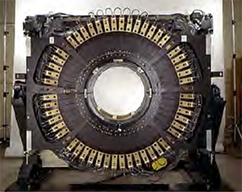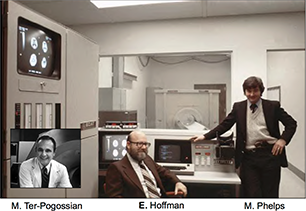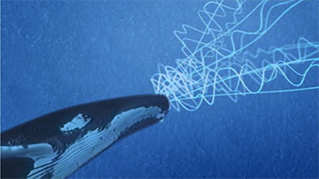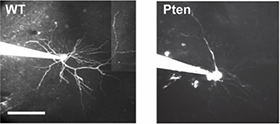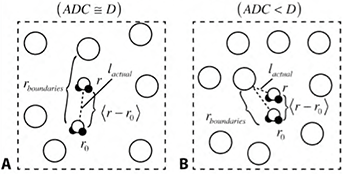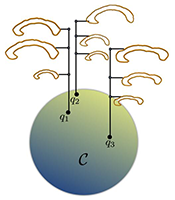Principles of Neuroimaging B - 2016: Difference between revisions
| Line 117: | Line 117: | ||
==''Wednesday 1/27/16'' == | ==''Wednesday 1/27/16'' == | ||
===Class canceled. | ===Class canceled.=== | ||
=Week 5: Positron Emission Tomography= | =Week 5: Positron Emission Tomography= | ||
Revision as of 17:48, 9 February 2016
Principles of Neuroimaging B, Winter, 2016 - Class Schedule and Syllabus
N.B. First draft 1-6-16
This schedule will change!
Lecture Videos
- Hopefully, we can start recording the class sessions for those who cannot make a few lectures.
Course Reading
Required Reading
- Signal Processing for Neuroscientists by Wim van Drongelen
- This can be found as a PDF on scribd.com, for a small fee of $8.99
Supplemental Reading
- Matlab for Neuroscientists
- Link for download found here for a small fee: http://www.scribd.com/doc/88212458/Matlab-Matlab-for-Neuroscientists
- Cartoon Guide to Statistics
- Link for download found here for a small fee: http://www.scribd.com/doc/148072668/Cartoon-Guide-to-Statistics
- NOTE: if you subscribe for a Scribd account for a day, you can download as many documents as you like for one fee.
Week 1: Magnetic Resonance Imaging
Monday 1/4/16
- MRI Contrast. Mark Cohen: Mark Cohen
Magnetic Resonance Imaging (MRI) is probably the most influential and most flexible current means of imaging the human brain. It features a vast number of separable contrast mechanisms, and a near ideal combination of non-invasiveness, safety, resolution and metric accuracy. However, it is extraordinarily expensive and has limited temporal resolution, especially for functional studies
Required Readings
- MRI Slides
- These notes by Joseph Hornak are highly professional and complete coverage of MRI.
Suggested Further Reading
- eMRI is another excellent online MRI learning resource
- Erwin Hahn - Spin Echoes: Essential reading for the MRI community
}
Wednesday 1/6/16
- MRI Image Formation and fMRI. Mark Cohen: Mark Cohen
Week 2: MRI Techniques
Monday 1/11/16
- Measurement of Blood Flow by MRI. Danny JJ Wang: [1]
Most MRI images in use today are static maps, generally called "structural" images. However, the MRI signal is sensitive to a wide variety of dynamic phenomena. Practitioners typically use the term "functional" to describe images that pick up time-varying signals. The term functional MRI, of course, has been usurped to describe brain activity mapping and, in most cases, refers to BOLD signal effects.
Measurement of blood flow in particular is another window into brain activity. Several methods exist to create signal sensitive to blood flow, or blood flow changes. Some label the blood flow based on relaxation effects (Arterial Spin Labeling - ASL - being one important method) and others measure flow by velocity.
In most cases, MRI is used as a semi quantitative modality. We get accurate spatial metrics but, in general, the image intensities are in arbitrary units. Blood flow is one particular feature that we can measure in native units.
Required Readings - Please complete these readings prior to class.
Suggested Further Reading
Wednesday 1/13/16
- More MRI. Mark Cohen: Mark Cohen
Required Readings - Please complete these readings prior to class.
Suggested Further Reading
Week 3: tbd
Monday 1/18/16
- MLK School Holiday
Wednesday 1/20/16
- tbd. Speaker: Mark Cohen
Abstract
Required Readings - Please complete these readings prior to class.
Suggested Further Reading
Week 4: Multimodal imaging
Monday 1/25/16
Multimodal imaging. Speaker: MarkCohen
Handouts distributed in class.
Required Readings - Please complete these readings prior to class.
Suggested Further Reading
Wednesday 1/27/16
Class canceled.
Week 5: Positron Emission Tomography
Monday 2/1/16
Positron Emission Tomography. Speaker: Magnus Dahlboun
Handouts distributed in class.
Required Readings - Please complete these readings prior to class.
Suggested Further Reading
Wednesday 2/3/16
PET applications. Speaker: Edythe London
Required Readings - Please complete these readings prior to class.
- Dr. Edythe London PET Slides <-- Modified 2-3-16
Suggested Further Reading
Week 6: Brain Stimulation and Ultrasound
Monday 2/8/16
TMS. Speaker: Allan Wu
'Required Readings
Suggested Further Reading Once upon a time we demonstrated that this sort of magnetic stimulation can take place in the MRI machines:
Wednesday 2/10/16
Ultrasound. Speaker: George Saddik
Required Readings
Suggested Further Reading
Week 7: Optical neuroimaging and optogenetics
Monday 2/15/16
- President's Day - School holiday:
Wednesday 2/17/16
- Optical Neuroimaging and Optogenetics. Speaker: Peyman Golshani:
Required Readings - Please complete these readings prior to class.
Suggested Further Reading
Week 8: Advanced MRI methods
Monday 2/22/16
- Diffusion Physics Speaker: Ben Ellingson
Required Readings Slides should be up soon.
- Handouts for class on 1/14/15 <- New 1/26-2015
- Ben Ellingson Diffusion Slides uploaded 3/14/14
Suggested Further Reading
- Sadly, the library does not have a subscription for the journals below (Mark has copies on reserve in his office):
Wednesday 2/25/16
- Brain Morphometry. Speaker: Roger Woods:
Required Readings - Please complete these readings prior to class.
Suggested Further Reading
Week 9: MR Spectroscopy
Monday 2/29/16
- Clinical Spectroscopy. Speaker: Joseph O'Neill
Required Readings - Please complete these readings prior to class.
Suggested Further Reading
Wednesday 3/2/16
- Spectroscopic Methods. Speaker: Albert Thomas
Required Readings - Please complete these readings prior to class.
Suggested Further Reading
Week 10: Multimodal Methods
Monday 3/7/16
- Imaging Genetics. Speaker: Carrie Bearden:
Required Readings - Please complete these readings prior to class.
Suggested Further Reading
Wednesday 3/9/16
- Multimodal imaging approaches. Mark Cohen: Mark Cohen
Required Readings - Please complete these readings prior to class.
Suggested Further Reading
